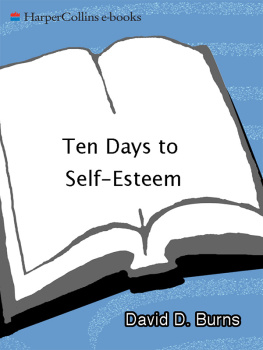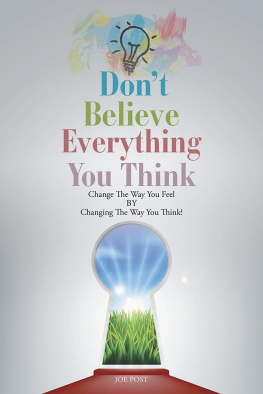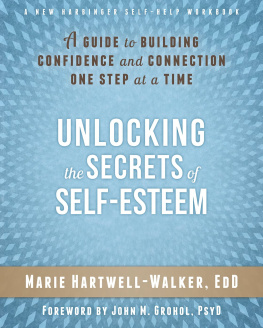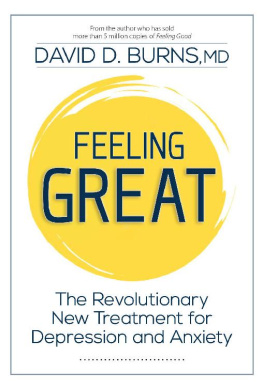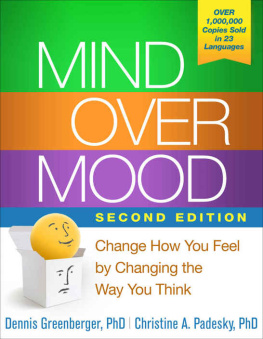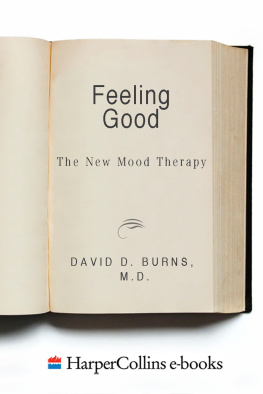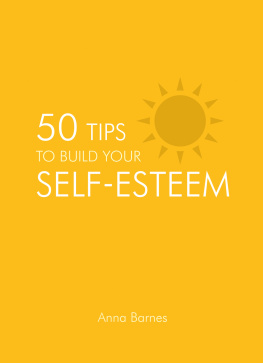David D. - Ten Days to Self-Esteem
Here you can read online David D. - Ten Days to Self-Esteem full text of the book (entire story) in english for free. Download pdf and epub, get meaning, cover and reviews about this ebook. year: 1999, publisher: William Morrow Paperbacks, genre: Religion. Description of the work, (preface) as well as reviews are available. Best literature library LitArk.com created for fans of good reading and offers a wide selection of genres:
Romance novel
Science fiction
Adventure
Detective
Science
History
Home and family
Prose
Art
Politics
Computer
Non-fiction
Religion
Business
Children
Humor
Choose a favorite category and find really read worthwhile books. Enjoy immersion in the world of imagination, feel the emotions of the characters or learn something new for yourself, make an fascinating discovery.
Ten Days to Self-Esteem: summary, description and annotation
We offer to read an annotation, description, summary or preface (depends on what the author of the book "Ten Days to Self-Esteem" wrote himself). If you haven't found the necessary information about the book — write in the comments, we will try to find it.
Do you wake up dreading the day?
Do you feel ciscouraged with what youve accomplished in life?
Do you want greater self-esteem, productivity, and joy in daily living?
If so, you will benefit from this revolutionary way of brightening your moods without drugs or lengthy therapy. All you need is your own common sense and the easy-to-follow methods revealed in this book by one of the countrys foremost authorities on mood and personal relationship problems.
In Ten Days to Self-esteem, Dr. David Burns presents innovative, clear, and compassionate methods that will help you identify the causes of your mood slumps and develop a more positive outlook on life. You will learn that
You feel the way you think: Negative feelings like guilt, anger, and depression do not result from the bad things that happen to you, but from the way you think about these events. This simple but revolutionary idea can change your life!
You can change the way you feel: You will discover why you get depressed and learn how to brighten your outlook when youre in a slump.
You can enjoy greater happiness, productivity, and intimacywithout drugs or lengthy therapy.
Can a self-help book do all this? Studies show that two thirds of depressed readers of Dr. Burnss classic bestseller, Feeling Good: The New Mood Therapy,experienced dramatic felief in just four weeks without psychotherapy or antidepressant medications. Three-year follow-up studies revealed that readers did not relapse but continued to enjoy their positive outlook. Ten Days to Self-esteem offers a powerful new tool that provides hope and healing in ten easy steps. The methods are based on common sense and are not difficult to apply. Research shows that they really work!
Feeling good feels wonderful. You owe it to yourself to feel good!
David D.: author's other books
Who wrote Ten Days to Self-Esteem? Find out the surname, the name of the author of the book and a list of all author's works by series.

